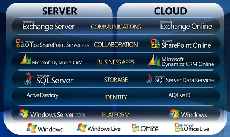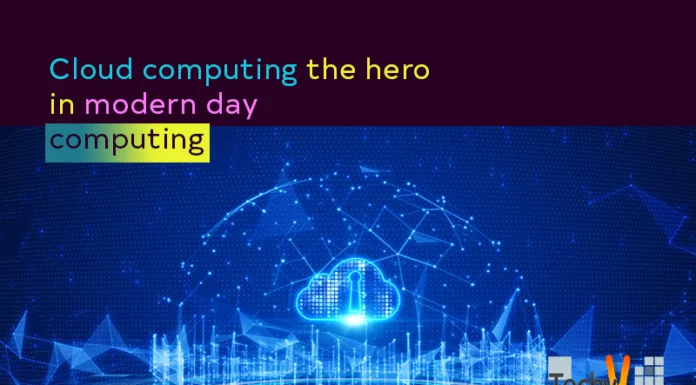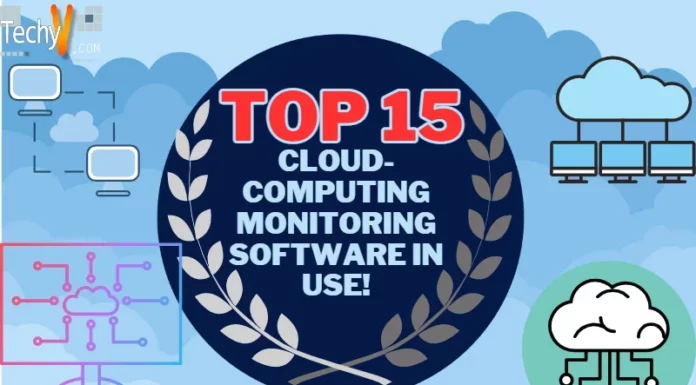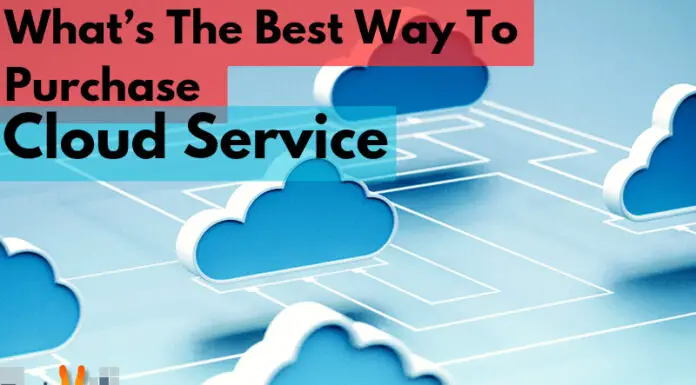A Sneak Peek At Cloud Computing
The world today is in the age of computers, where virtually any process becomes possible within just a few clicks. Almost everything, such as shopping, doing business and acquiring information, etc., is done with the help of the internet. Because of this, businesses could be expanded to a worldwide audience without being there physically. Doing all sorts of things has also become easier due to network access and use of computer technology.

One of the things that one should know about computers and networking is the cloud computing. Read on and know more about its concept, characteristics, categories, issues, networking and data access trend.
Cloud Computing and Its Concept
Cloud computing is a concept that enables network access in a convenient and universal manner. Such access is available on any type of shared resources such as servers, services, networks, and applications. The term is inspired by how the internet is represented by cloud symbols, diagrams and flowcharts.

The cloud computing concept provides answers to the need of quickly adding capacities and capabilities without investing in new software, infrastructure and people. Cloud computing therefore, is an excellent technique in boosting up what IT can do.
How Cloud Computing Works
Cloud computing enables storage, data access, software configuration, computation, etc., without having to know the configuration and the physical location of the system which provides these services. This new trend makes it easier for clients and service providers to get connected. There is no more need to go to the physical location of a certain company just to get things fixed. It can be done simply with the use of the internet. Cloud computing enables one to modify applications through browsers. With it, it is easier to access a certain website for personal use, while the actual software, data and infrastructure are actually located on a distant place. Depending on the type of subscription, one can either have full or limited access on the applications they utilize for their online businesses.
Cloud Computing and Its Categories
Cloud computing has three categories, PaaS or Platform-as-a-Service, IaaS or Infrastructure-as-a-Service and SaaS or Software-as-a-Service. Let’s get to know these three one by one:
-IaaS: One good example is the Amazon Web Services. IaaS or Infrastructure-as-a-Service is used to control access and enable configuration in the storage, as well as in the virtual servers. This is also a good choice among enterprises, as they only pay for the needed capacity. Another term known for this category is the utility computing, since this resembles paying for use of utilities such as water, electricity and others.
-PaaS: This category refers to the product development tools, platforms and software that are hosted on the infrastructure of the service provider. The clients get to access these tools via the World Wide Web to create and modify applications for their site. Google Apps is one good example of a PaaS. This category works by providing a gateway for a single or several APIs which is installed on the computer of the client. One of the downsides of this type of cloud computing is its limited activities. For example, some service providers may not allow their clients to move certain client-generated software or applications to their platform.
-SaaS: This type provides maximum freedom to its client, as providers host both hardware and software. This is the best choice for clients who are on-the-go, as access to it does not require anyone to be stuck in one place. One can modify anything on the site, and make new applications, anytime and anywhere. SaaS offers convenience and easy access to its clients.

Similarities To Other Data Access Services
Cloud computing is somewhat similar to the concepts of peer-to-peer and grid computing, whereas the former distributes data without acquiring central coordination, and the latter pides very large files on several computers with shared access.
Key Characteristics of Cloud Computing
Cloud computing has unique characteristics. Here are a few:
-Cloud computing is cost-efficient. By taking advantage of this service, clients pay only what they use. It also requires fewer technicalities on the part of the client, as major tweaks shall be provided by the hosting company.
-Cloud computing is portable. All that is needed is a device with internet access, to make changes and modify applications. With cloud computing, there is no need to be in the office just to get things done. One can do there work, anytime, anywhere. Furthermore, if one has a mobile device with an internet connection, there is no need to be in front of the computer for the entire day. Clients who are always on the go can really take advantage of cloud computing.
-Cloud computing is fast. Data access, editing and more become possible with just a few clicks.
-Cloud computing allows easy maintenance. No need to have them installed on all the computers or devices that one is using. As mentioned previously, all it takes is a web browser and internet access.
-Cloud computing has API, or Application Programming Interface. It enables interaction to cloud software’s as humans to computers would.

Some Downsides
There are just a few things that should be improved for this service to totally become useable to all. Some still questions the security and reliability of cloud computing. Loss of control over some data is likely to occur. Cloud computing should be made more secure and reliable. Due to the fast-paced improvement of computer and networking this is likely to be experienced faster than expected. In just a short wait, cloud computing could become more favorable to people who needs safe and dependable data access and networking services.

















